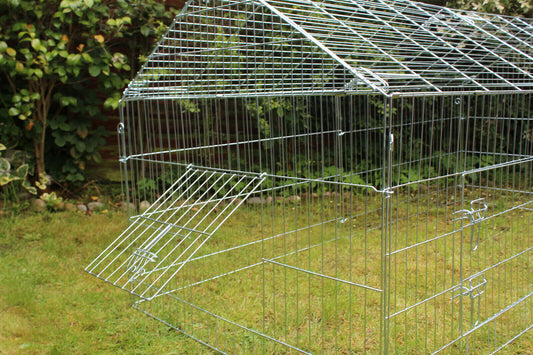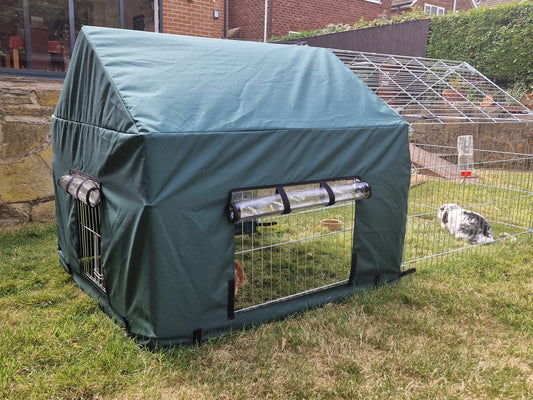In any relationship first impressions are very important, so don’t get off on the wrong paw when introducing your cat to a new baby. If done correctly, and with a bit of preparation, your cat and child are sure to become friends for life.
While cats are very adaptable, they do sometimes struggle with unexpected changes to their environment or routine. Imagine the scenario from your pet’s point of view – suddenly there is something unfamiliar in your home that makes a lot of noise, takes away your owner’s attention and disrupts your usual routine. This is in addition to the appearance of strange objects and unfamiliar smells in the home.
Sadly, rescue centres often have cats handed to them after the arrival of a baby because owners have not adequately prepared themselves or their pets for the changes. The good news is that with a little planning and understanding, there is no reason why your cat and baby can’t live happily together. In fact, early exposure to pets can teach children lots of important life lessons, as well as potentially strengthening their immune systems.
Preparation
Before your baby arrives, you will have several months to get your cat used to the idea and it’s important that you start preparing them as soon as possible. It is helpful if you can anticipate what changes might occur when your baby arrives so you can start to slowly adapt. For example, if the location of your pet’s food and water bowls, litter trays or beds will need to change, or there will be a change in who will feed your cat, it is best to introduce these changes ahead of time.
As you start to accumulate things for your baby, such as a cot, pushchair and toys, leave them in the house for your cat to investigate. Each time you introduce a new item, put it in a neutral area away from your cat’s things so they don’t feel threatened by it.
If your baby is born in hospital, someone could bring home something with the baby’s scent on (such as a sleepsuit or blanket) so that your cat can get used to the smell before they arrive.
There are lots of free audio files of baby sounds available on the internet that you could play to your cat before your baby arrives. Start at a very low volume and if your cat shows no interest in the noise, you can gradually increase it. The idea of this exercise is to get your pet desensitized to the sound of babies crying so that the real thing is less likely to bother them.
First meeting
Choose a room for your cat and baby to meet that isn’t where your cat would normally choose to sleep or eat. Introductions are best done on neutral territory!
Hold your baby and wait for your cat to come to you for a sniff. Don’t force any interaction but sit calmly and allow your cat to make the first move. If your cat doesn’t want to approach the baby straight away then this is fine. If your cat has never seen a baby before they are likely to be curious but at the same time wary.
If your cat wants to run away from your baby then allow them to escape and find somewhere they feel safe. They will be back to investigate when they feel ready.
Life with a baby
You are likely to find that once your baby arrives you won’t have as much time for your pet as you did before. So that your cat doesn’t feel rejected, try to schedule some quality time with them each day, at a time when your baby is asleep or being cared for by someone else. Your cat might enjoy a grooming session or just some time sitting on your lap receiving your undivided attention.
The majority of cats will adapt easily to the addition of a baby in the home but some cats – especially those who might be more nervous – may take longer. It is important that you keep an eye on your cat’s behaviour to make sure they are not showing any signs of stress. If your cat is struggling with the arrival of your baby, you may notice your cat doing the the following:
- Keeping out of the way of the baby
- Spending more time than usual outside
- Hiding away in the home
- Toileting in different places or spraying in the home
- Over-grooming themselves to the point they make their skin sore
If your cat is clearly unhappy and having trouble adjusting, it is advisable to seek help from a qualified pet behaviourist. Your vet will be able to refer you to someone in your local area.
Safety first
Never leave your cat and baby together unsupervised. Even if you are confident of your cat’s temperament, accidents can happen so you should never risk it.
If you have to take your eyes off your cat and baby there are things you can do to keep them apart. You could use a screen door for the baby’s room so you can still see and hear what is going on but your cat can’t get in, and use a cot or pram net to stop your cat from jumping into bed with your baby.
As your baby grows, they will need to be taught how to behave around cats. Teach children not to grab cats or stroke them in particularly sensitive areas, such as their stomachs. It is also a good idea to have safe places that your cat can get to that are out of your child’s reach. That way they can escape any unwanted attention.
Keeping clean
Good hygiene is essential when it comes to cats and babies, and you should make sure you thoroughly wash your hands with antibacterial soap after handling your cat. Keep your cat’s litter tray in a location that a crawling baby can’t get to and ensure you wear gloves to empty it and clean it out regularly.
You should ensure your cat is vaccinated and regularly treated for fleas and worms so that they cannot pass anything nasty on to the baby.
Success story
You will be able to tell if your cat has happily accepted your baby as part of the family by the way it behaves. If your cat’s behaviour is consistent with how it was before the baby arrived, they are relaxed in the baby’s company, and are sleeping, eating, grooming and playing as normal, you can be sure that your preparation has paid off and you should all live happily ever after!
Shop All Cat
If you enjoyed this article, have a look at:
Introducing a New Kitten to an Adult Cat









